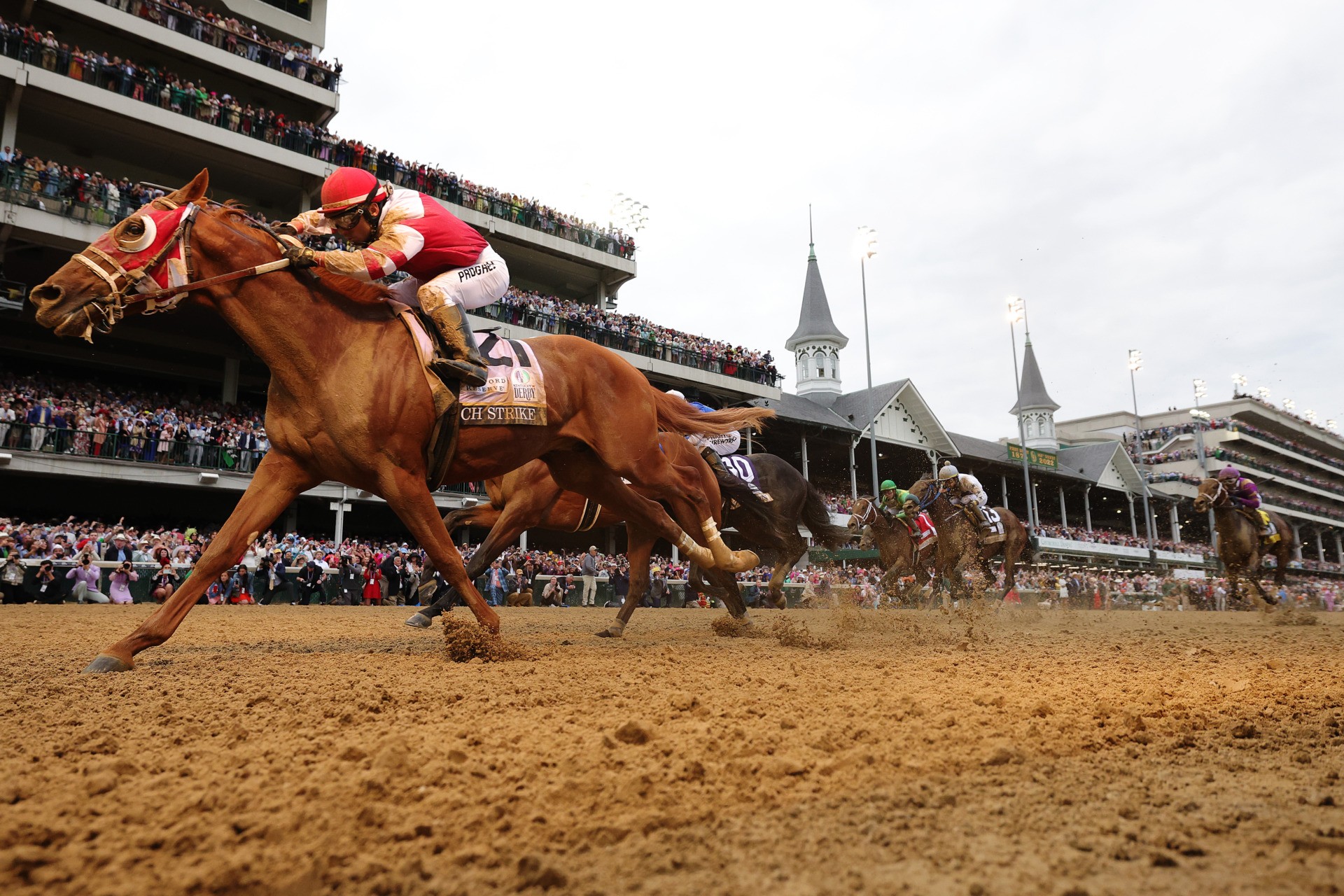The one hundred and forty-eighth running of the Kentucky Derby produced an excellent reminder that markets do not always get everything right. Rich Strike won the race with 80-to-one odds. Those are the longest odds for any Derby winner since Donerail won the roses at 91-1 back in 1913.
The carnage continued in the stock market on Monday. The S&P 500 is now down 16.3 percent year to date. According to Bank of America’s Stephen Suttmeier, the first four months of the year were the third worst ever returns for the S&P, behind 1939 and 1932. Suttmeier also points out that this is the worst ever January through April S&P 500 decline in a midterm election year. The Nasdaq Composite is down 26.6 percent after dropping 4.3 percent today.
Wall Street likes to talk about “turn around Tuesdays” following big Friday-Monday sell-offs, but Suttmeier points out that the May through December returns tend to be not so great when stocks begin the year with a plunge. On average, in data going back to 1928, the S&P ends the year 4.4 percent lower when it has been down for the first four months. The average gain for the rest of the year is just 1.7 percent. Admittedly, going up at all probably would strike a lot of investors as a welcome change.

Rich Strike with Sonny Leon up crosses the finish line to win the 148th running of the Kentucky Derby at Churchill Downs on May 7, 2022, in Louisville, Kentucky. (Rob Carr/Getty Images)
Investors should probably be rooting for Rich Strike in the Preakness but against the horse in the Belmont Stakes. According to time-honored Wall Street tradition, a Triple Crown winner means that the market will decline in the second half of the year. But when a horse wins the Derby and the Preakness and not the Belmont, stocks go higher. There’s no rhyme or reason to this, but the pattern has worked out time and time again.
The Dow Jones Industrial Average fell 5.6 percent in 2018 when Justify won the last Triple Crown, and it was off 2.2 percent in 2015 when American Pharoah took the crown. Between the years 1919 and 1978, only 11 horses won racing’s Triple Crown. In eight of those 11 years, the Dow fell. There were no Triple Crown winners in the 1980s, 1990s, or the first decade of this century.
The focus for this week will surely be on inflation data. The Consumer Price Index (CPI) will be published on Wednesday. The consensus expectation is for the pace of inflation to slow to 0.2 percent from March’s 1.2 percent monthly gain and for the annual gauge to slow to 8.1 percent from 8.5 percent. Core CPI, which excludes food and fuel prices, is expected to accelerate to a monthly gain of 0.4 percent from March’s 0.3 percent. The Producer Price Index, due out on Thursday, is also expected to show a deceleration in inflation.

COMMENTS
Please let us know if you're having issues with commenting.